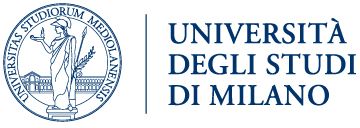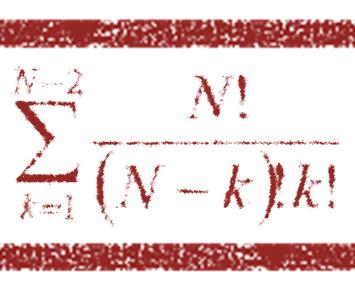Expanding horizons in the validation of GMO analytical methods: fuzzy-based expert systems.
 |
2008 - Food Analytical Methods, 1, 126-135 |
 |
Bellocchi, G., Acutis, M., Paoletti, C., Confalonieri, R., Trevisiol, P., Grazioli, E., Delobel, C., Savini, C., Mazzara, M., Van den Eede, G. |
Abstract:
Validation is the process establishing the suitability of an analytical method for a particular purpose. Various guidelines defining statistical procedures for validation of chemical, bio-chemical, pharmaceutical, and molecular methods have been developed, and ad hoc validation metrics
(indices and test statistics) are available and routinely used, for in-house and interlaboratory testing and decision making. However, there is no universally accepted practice for assay validation, and often, subjectivity plays an important role in the interpretation of validation studies’ results. Instead, the key to rational validation studies relies upon the formalization and harmonization of procedures for their design and interpretation
of results. Fuzzy-based techniques can be helpful in such respect. Fuzzy logic allows summarizing the information obtained by classic independent validation statistics into one synthetic index of overall method performance. The possibility of having a comprehensive indicator of method performance has the advantage of permitting direct method comparison, facilitating the evaluation of many individual, possibly contradictory metrics. The objectives of this paper are to illustrate the advantages that a fuzzy-based aggregation method could bring into the validation of analytical methods and to propose its application for the evaluation of methods’ performance. Validation metrics are compared for practical examples of assessment of method performance in collaborative studies. Fuzzy logic-based rules are shown to be applicable to improve
insights into method quality and interpretation of results.
(indices and test statistics) are available and routinely used, for in-house and interlaboratory testing and decision making. However, there is no universally accepted practice for assay validation, and often, subjectivity plays an important role in the interpretation of validation studies’ results. Instead, the key to rational validation studies relies upon the formalization and harmonization of procedures for their design and interpretation
of results. Fuzzy-based techniques can be helpful in such respect. Fuzzy logic allows summarizing the information obtained by classic independent validation statistics into one synthetic index of overall method performance. The possibility of having a comprehensive indicator of method performance has the advantage of permitting direct method comparison, facilitating the evaluation of many individual, possibly contradictory metrics. The objectives of this paper are to illustrate the advantages that a fuzzy-based aggregation method could bring into the validation of analytical methods and to propose its application for the evaluation of methods’ performance. Validation metrics are compared for practical examples of assessment of method performance in collaborative studies. Fuzzy logic-based rules are shown to be applicable to improve
insights into method quality and interpretation of results.
 |
Keywords: Fuzzy logic, Genetically Modified Organisms (GMO), method validation, performance indicator, ring trial |
 |
DOI: 10.1007/s12161-008-9021-8 |
- Comparison of three calibration methods for modeling rice phenology
- A simple pipeline for the assessment of legacy soil datasets: An example and test with soil organic carbon from a highly variable area.
- A high-resolution, integrated system for rice yield forecasting at district level.
- Downscaling rice yield simulation at sub-field scale using remotely sensed LAI data.
- Analysis and modelling of processes involved with salt tolerance and rice.
- Estimating crop nutritional status using smart apps to support nitrogen fertilization. A case study on paddy rice.
- Development of generic crop models for simulation of multi-species plant communities in mown grasslands.
- Quantifying uncertainty due to stochastic weather generators in climate change impact studies
- Predicting rice blast disease: machine learning versus process-based models
- Boundaries and perspectives from a multi-model study on rice grain quality in Northern Italy.




